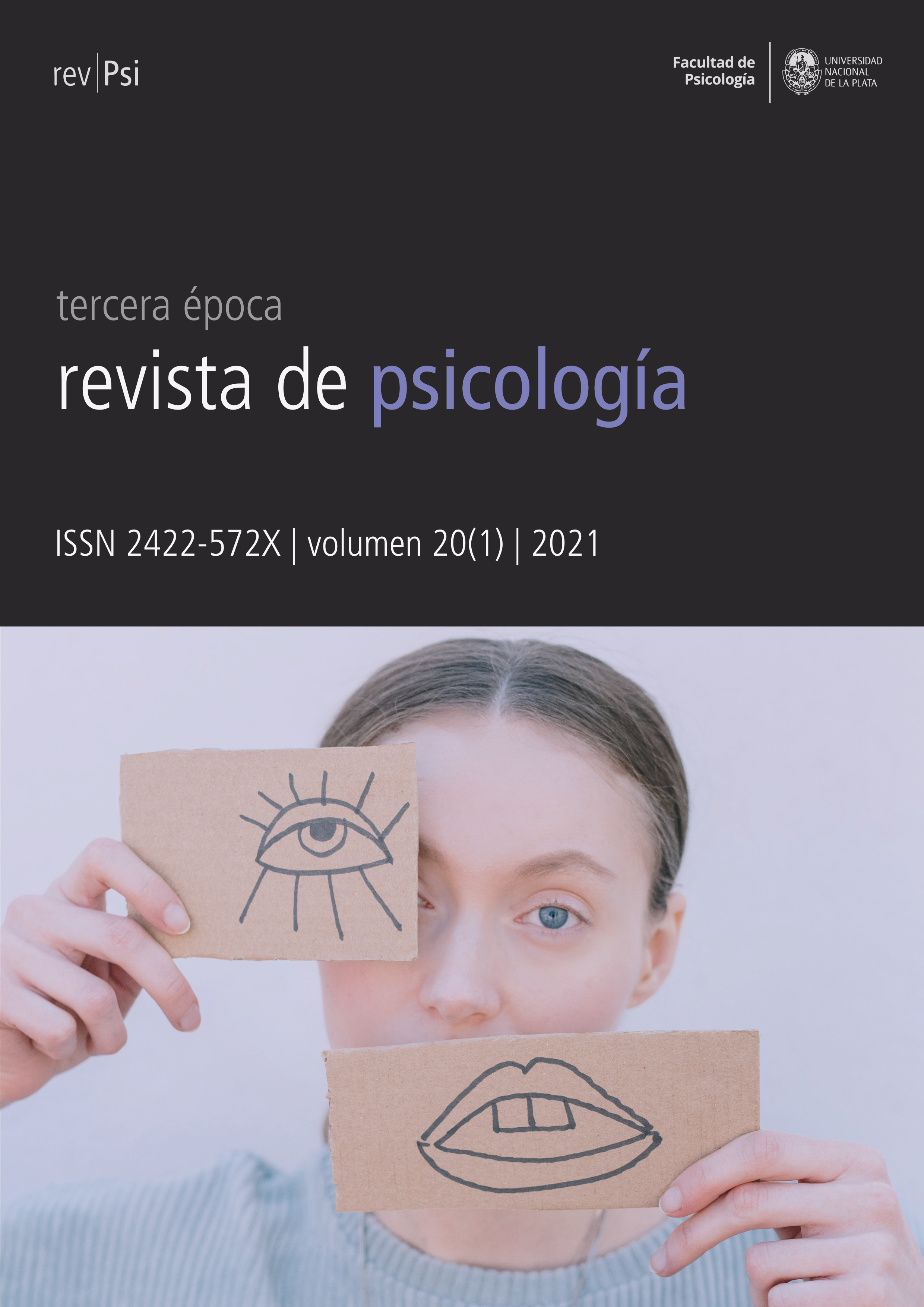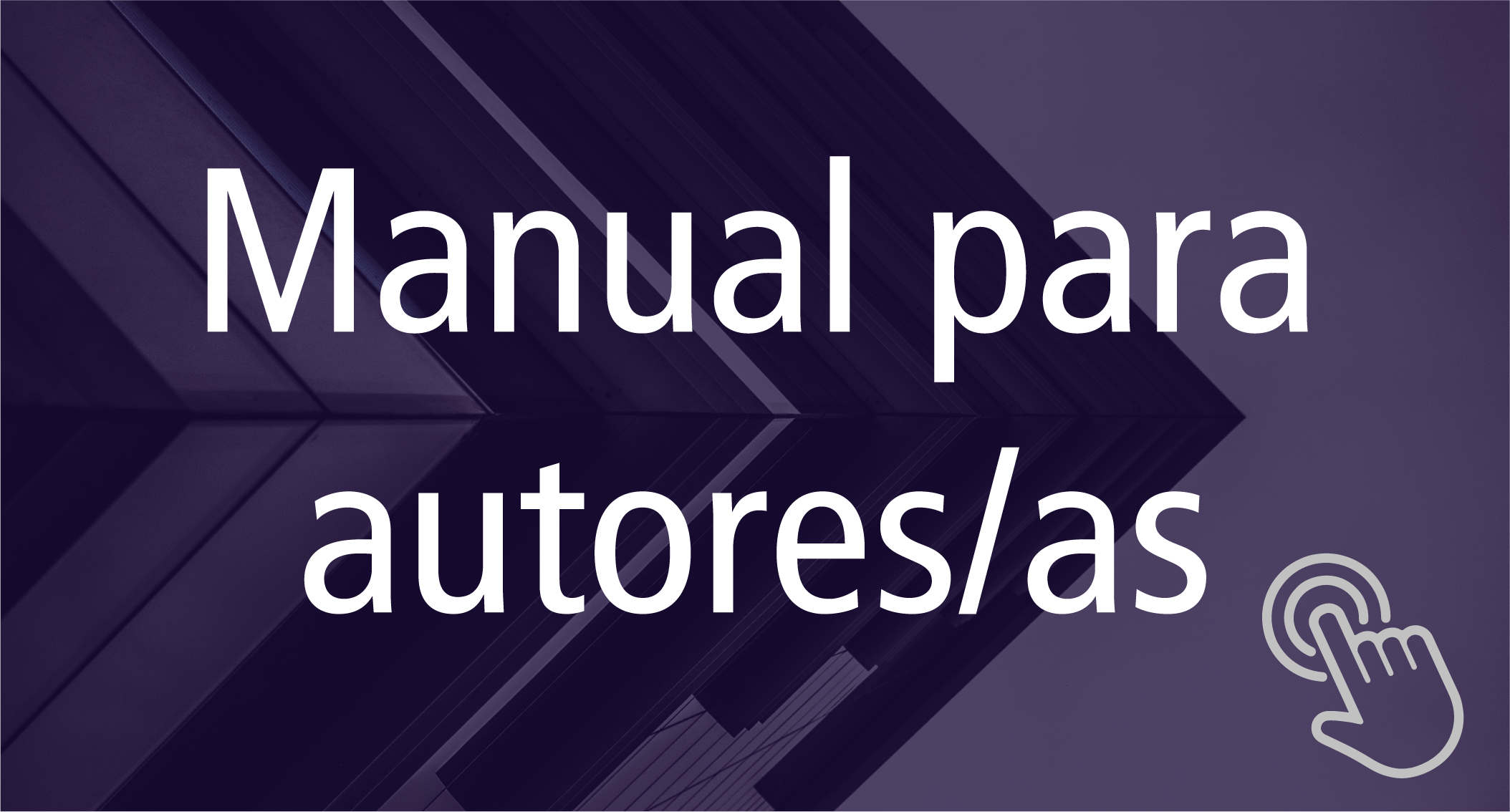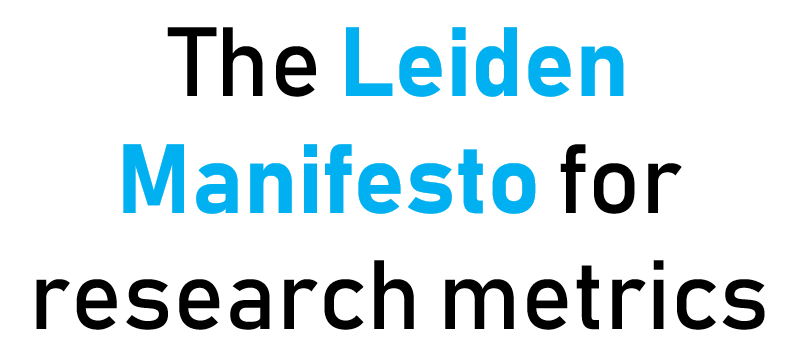Emotional memory. A systematic review of the modulatory capacity of music, physical activity and bilingualism
DOI:
https://doi.org/10.24215/2422572Xe068Keywords:
memory, emotion, music, activity, bilingualismAbstract
The emotional memory is defined as the long-lasting information stored in our system due to its co-occurrence with emotion, be it in its acquisition, consolidation, or retrieval. There are a number of ways to modulate emotional memory. This theoretical review looks into three factors that could also modulate memory with emotional content but have not been thoroughly researched: music, physical activity and the acquisition of a second language. Through a systematic search of articles on indexed scientific journals, 22 articles were selected (9 regarding music, 7 regarding physical activity, and 6 regarding bilingualism). As a general conclusion, each environmental intervention shows emotional memory modulation, modifying a particular type of emotional content (visual and/or verbal).
References
Andreano, J., Arjomandi, H., y Cahill, L. (2008). Menstrual cycle modulation of the relationship between cortisol and long-term memory. Psychoneuroendocrinology, 33(6), 874-882. https://doi.org/10.1016/j.psyneuen.2008.03.009
Anooshian, J. L., y Hertel, P. T. (1994). Emotionality in free recall: Language specificity in bilingual memory. Cognition and Emotion, 8, 503-514. https://doi.org/10.1080/02699939408408956.
Altenmüller, E., y Schlaug, G. (2015). Apollo's gift: new aspects of neurologic music therapy. Progress in Brain Research, 217, 237-52. https://doi.org/10.1016/bs.pbr.2014.11.029
Armstrong, N., y Welsman, J. (2007). Aerobic fitness: What are we measuring? Medicine and Sport Science, 50, 5–25. https://doi.org/10.1159/000101073
Atkinson, R. C., y Shiffrin, R. M. (1971). The control of short-term memory. Scientific American, 225(2), 82–90. https://doi.org/10.1038/scientificamerican0871-82
Ayçiçeği-Dinn, A., y Caldwell-Harris, C. L. (2009). Emotion-memory effects in bilingual speakers: A levels-of-processing approach. Bilingualism: Language and Cognition, 12(3), 291-303. https://doi.org/10.1017/S1366728909990125
Ayçiçeği, A., y Harris, C. (2004). Bilinguals’ recall and recognition of emotion words. Cognition and Emotion, 18(7), 977-987. https://doi.org/10.1080/02699930341000301
Baumeister, J. C., Foroni, F., Conrad, M., Rumiati, R. I., y Winkielman, P. (2017). Embodiment and emotional memory in first vs. second language. Frontiers in Psychology, 8. 394. https://doi.org/10.3389/fpsyg.2017.00394
Benítez, M., Diaz Abrahan, V., Sarli, L., Bossio, M. y Justel, N. (2018). Las clases de música mejoran la memoria en niños prescolares. Panamerican Journal of Neuropsychology, 12(2), 366-387. https://doi.org/10.7714/CNPS/12.2.207
Bermúdez-Rattoni, F., y Prado-Alcalá, R. (2001). Memoria. ¿En dónde está y cómo se forma? Editorial Trillas.
Bossio, M., y Justel, N. (2018). Impacto de un estilo de vida activo sobre la memoria emocional. Acción Psicológica, 15(1), 39-56. https://doi.org/10.5944/ap.15.1.21446
Bradley, M. M., Greenwald, M. K., Petry, M. C., y Lang, P. J. (1992). Remembering pictures: Pleasure and arousal in memory. Journal of Experimental Psychology: Learning, Memory, and Cognition, 18(2), 379–390. https://doi.org/10.1037/0278-7393.18.2.379
Cahill, L., y McGaugh, J. L. (1995). A novel demonstration of enhanced memory associated with emotional arousal. Consciousness and Cognition, 4(4), 410-421. https://doi.org/10.1006/ccog.1995.1048
Cahill, L., y McGaugh, J. L. (1998). Mechanisms of emotional arousal and lasting declarative memory. Trends in Neuroscience, 21(7), 294-299. https://doi.org/10.1016/S0166-2236(97)01214-9
Cahill, L., y van Stegeren, A. (2003). Sex-related impairment of memory for emotional events with b-adrenergic blockade. Neurobiology of Learning and Memory, 79(1), 81-88. https://doi.org/10.1016/S1074- 7427(02)00019-9
Chanda, M., y Levitin, D. (2013). The neurochemistry of music. Trends in Cognitive Sciences, 17(4), 179-193. https://dx.doi.org/10.1016/j.tics.2013.02.007
Chuang, L.-Y., Hung, H.-Y., Huang, C.-J., Chang, Y.-K., y Hung, T.-M. (2015). A 3-month intervention of Dance Dance Revolution improves interference control in elderly females: a preliminary investigation. Experimental Brain Research, 233(4), 1181–1188. https://doi.org/10.1007/s00221-015-4196-x
Christie, G. J., Hamilton, T., Manor, B. D., Farb, N. A. S., Farzan, F., Sixsmith, A. ,... Moreno, S. (2017). Do lifestyle activities protect against cognitive decline in aging? A Review. Frontiers in Aging Neuroscience, 9, 381. https://doi.org/10.3389/fnagi.2017.00381
Clark, I. N., Baker, F., y Taylor, B. (2013). The modulating effects of music listening on health-related exercise and physical activity in adults: a systematic review and narrative synthesis. Nordic Journal of Music Therapy, 25(1), 76–104. https://doi.org/10.1080/08098131.2015.1008558
Cordon, I. M., Melinder, A. M. D., Goodman, G. S., y Edelstein, R. S. (2013). Children’s and adults’ memory for emotional pictures: Examining age-related patterns using the Developmental Affective Photo System. Journal of Experimental Child Psychology, 114(2), 339–356. https://doi.org/10.1016/j.jecp.2012.08.004
Diaz Abrahan, V., Bossio, M., y Justel, N. (2019). Hacia un envejecimiento saludable: una revisión sistemática sobe la música y el ejercicio físico como factores moduladores. Actualidades en Psicología, 33(127), 113-141. https://doi.org/10.15517/ap.v33i127.34975
Diaz Abrahan, V., y Justel, N. (2019). Uso de la música para modular la memoria: Una revisión sistemática. Revista Iberoamericana de Psicología, 12(2), 39 – 50.
Diaz Abrahan, V., y Justel, N. (2019). Propuestas musicales para modular la memoria verbal emocional de adultos jóvenes con o sin entrenamiento musical. Epistemus. Revista de estudios en Música, Cognición y Cultura, 7(1), 49-69. https://doi.org/10.24215/18530494e003
Diaz Abrahan, V., Shifres, F., y Justel, N. (2018). Musical improvisation modulates emotional memory. Psychology of Music, 9, 1-16. https://doi.org/10.1177/0305735618810793
Diaz Abrahan, V., Shifres, F., y Justel, N. (2019). Cognitive benefits from a musical activity in older adults. Frontiers in Psychology, 10, 652. https://doi.org/10.14349/sumapsi2012.1234
Diekelmann, S., y Born, J. (2010). The memory function of sleep. Nature Reviews Neurocience, 11(2), 114-26. https://doi.org/10.1038/nrn2762
Dijkstra, T., Wahl, A., Buytenhuijs, F., Van Halem, N., Al-jibouri, Z., De Korte, M., y Rekké, S. (2019). Multilink: A computational model for bilingual word recognition and word translation. Bilingualism: Language and Cognition, 22(4), 657-679. https://doi.org/10.1017/S1366728918000287
Elbert, T., Pantev, C., Wienbruch, C., Rockstroh, B., y Taub, E. (1995). Increased Cortical Representation of the Fingers of the Left Hand in String Players. Science, 270(5234), 305–307. https://doi.org/10.1126/science.270.5234.305
Erickson, K. I., Voss, M. W., Prakash, R. S., Basak, C., Szabo, A., Chaddock, L., … Kramer, A. F. (2011). Exercise training increases size of hippocampus and improves memory. Proceedings of the National Academy of Sciences, 108(7), 3017-3022. https://doi.org/10.1073/pnas.1015950108
Erk, S., von Kalckreuth, A., y Walter, H. (2010). Neural longterm effects of emotion regulation on episodic memory processes. Neuropsychologia, 48(4), 989–996. https://doi.org/10.1016/j. neuropsychologia.2009.11.022
Ferré, P., Comesaña, M., y Guasch, M. (2019). Emotional content and source memory for language: Impairment in an incidental encoding task. Frontiers in Psychology, 10. 65. https://doi.org/10.3389/fpsyg.2019.00065
Ferré, P., García, T., Fraga, I., Sánchez-Casas, R., y Molero, M. (2010). Memory for emotional words in bilinguals: Do words have the same emotional intensity in the first and in the second language? Cognition and Emotion, 24(5), 760–785. https://doi.org/10.1080/02699930902985779
Ferré, P., Sánchez-Casas, R., y Fraga, I. (2013). Memory for emotional words in the first and the second language: Effects of the encoding task. Bilingualism, 16(3), 495–507. https://doi.org/10.1017/S1366728912000314
Ferreri, L., y Rodriguez-Fornells, A. (2017). Music-relate rewards responses predict episodic memory performance. Experimental Brain Research, 235(12), 3721-3731. https://doi.org/10.1007/s00221-017-5095-0
Francis, W. S. y Gutiérrez, M. (2012). Bilingual recognition memory: Stronger performance but weaker levels-of-processing effects in the less fluent language. Memory & Cognition, 40(3), 496 – 503. https://doi.org/10.3758/s13421-011-0163-3
Franklin, M. S., Moore, K. S., Yip, C. Y., Jonides, J., Rattray, K., y Moher, J. (2008). The effects of musical training on verbal memory. Psychology of Music, 36(3), 353-365. https://doi.org/10.1177/0305735607086044
Frutos-Lucas, J., López-Sanz, D., Zuluaga, P., Rodríguez-Rojo, I. C., Luna, R., López, M. E., … Fernández, A. (2018). Physical activity effects on the individual alpha peak frequency of older adults with and without genetic risk factors for Alzheimer’s Disease: A MEG study. Clinical Neurophysiology, 129(9), 1981–1989. https://doi.org/10.1016/j.clinph.2018.06.026
Garber, C. E., Blissmer, B., Deschenes, M. R., Franklin, B. A., Lamonte, M. J., Lee, I.-M., … Swain, D. P. (2011). Quantity and quality of exercise for developing and maintaining cardiorespiratory, musculoskeletal, and neuromotor fitness in apparently healthy adults. Medicine & Science in Sports & Exercise, 43(7), 1334–1359. https://doi.org/10.1249/mss.0b013e318213fefb
Gerry, D., Unrau, A., y Trainor L. J. (2012). Active music classes in infancy enhance musical, communicative and social development. Developmental Science 15(3), 398–407. https://doi.org/10.1111/j.1467-7687.2012.01142.x
Grocke, D., y Wigram, T. (2007). Receptive methods in music therapy: Techniques and clinical applications for music therapy clinicians, educators and students. London / Philadelphia: Jessica Kingsley. Music Therapy Perspectives, 25(2), 127–129. https://doi.org/10.1093/mtp/25.2.127
Grosjean, F. (2008). Studying bilinguals. Oxford University Press.
Grosjean, F. (2013). Bilinguals: A short introduction. En F. Grosjean y P. Li (Eds.). The Psycholinguistics of Bilingualism (pp. 5-25). Wiley-Blackwell Publishing.
Hamer, M., Muniz Terrera, G., y Demakakos, P. (2018). Physical activity and trajectories in cognitive function: English longitudinal study of ageing. Journal of Epidemiology and Community Health, 72(6), 477–483. https://doi.org/10.1136/jech-2017-210228
Haranto, A., y Yang, H. (2016). Disparate bilingual experiences modulate task-switching advantages: A diffusion-model analysis of the effects of interactional context on switch costs. Cognition, 150, 10-19. https://doi.org/10.1016/j.cognition.2016.01.016
Hennessy, S. L., Sachs, M. E., Ilari, B., y Habibi, A. (2019). Effects of music training on inhibitory control and associated neural networks in school-aged children: A longitudinal study. Frontiers in Neuroscience, 13. https://doi.org/10.3389/fnins.2019.01080
Hogan, M., Kiefer, M., Kubesch, S., Collins, P., Kilmartin, L., y Brosnan, M. (2013). The interactive effects of physical fitness and acute aerobic exercise on electrophysiological coherence and cognitive performance in adolescents. Experimental Brain Research, 229(1), 85–96. https://doi.org/10.1007/s00221-013-3595-0
Hyde, K., Lerch, J., Norton, A., Forgeard, M., Winner, E., Evans, A., y Schlaug, G. (2009). Musical training shapes structural brain development. The Journal of Neuroscience, 29(10), 3019-3025. https://doi.org/10.1523/JNEUROSCI.5118-08.2009
Jaschke, A. C., Honing, H., y Scherder, E. J. A. (2018). Longitudinal analysis of music education on executive functions in primary school children. Frontiers in Neuroscience, 12. https://doi.org/10.3389/fnins.2018.00103
Jentschke, S., y Koelsch, S. (2009). Musical training modulates the development of syntax processing in children. NeuroImage, 47(2), 735–744. https://doi.org/10.1016/j.neuroimage.2009.04.090
Judde, S. y Rickard, N. (2010). The effect of post-learning presentation of music on long term word list retention. Neurobiology of Learning and Memory, 94, 13-20. https://doi.org/10.1016/j.nlm.2010.03.002
Justel, N., y Diaz Abrahan, V. (2012). Plasticidad cerebral: Participación del entrenamiento musical. Suma Psicológica, 17(2), 97-108. https://doi.org/10.14349/sumapsi2012.1234
Justel N., Diaz Abrahan, V., Castro, C., y Rubinstein, W., (2016). Efecto de la música sobre la memoria emocional verbal. Anuario de Investigaciones, XXI.
Justel, N., O´Conor, J. y Rubinstein, W. (2015). Emotional memory modulation through music in older people: A preliminary study. Interdisciplinaria, 32(2), 247-259.
Justel, N., Psyrdellis, M., y Ruetti, E. (2013). Modulación de la memoria emocional: Una revisión de los principales factores que afectan los recuerdos. Suma Psicológica, 20(2), 163-174. https://doi.org/10.14349/sumapsi2013.1276
Justel, N., y Rubinstein, W. (2013). La exposición a la música favorece la consolidación de los recuerdos. Boletín de Psicología, 109, 73-83.
Kamijo, K., Hayashi, Y., Sakai, T., Yahiro, T., Tanaka, K., y Nishihira, Y. (2009). Acute effects of aerobic exercise on cognitive function in older adults. Journal of Gerontology: Psychological Sciences, 64B(3), 356–363. https://doi.org/10.1093/geronb/gbp030
Kennedy, G., Hardman, R. J., Macpherson, H., Scholey, A. B., y Pipingas, A. (2016). How does exercise reduce the rate of age-associated cognitive decline? A review of potential mechanisms. Journal of Alzheimer’s Disease, 55(1), 1–18. https://doi.org/10.3233/jad-160665
Kensinger, E. A., y Corkin, S. (2003). Memory enhancement for emotional words: Are emotional words more vividly remembered than neutral words? Memory & Cognition, 31(8), 1169–1180. https://doi.org/10.3758/bf03195800
Keyan, D., y Bryant, R. A. (2017a). Brief exercise enhances intrusive memories of traumatic stimuli. Neurobiology of Learning and Memory, 141(3), 9–13. https://doi.org/10.1016/j.nlm.2017.03.012
Keyan, D., y Bryant, R. A. (2017b). Role of BDNF val66met polymorphism in modulating exercised-induced emotional memories. Psychoneuroendocrinology, 77, 150–157. https://doi.org/10.1016/j.psyneuen.2016.12.013
Keyan, D., y Bryant, R. A. (2017c). Acute physical exercise in humans enhances reconsolidation of emotional memories. Psychoneuroendocrinology, 86(8), 144–151. https://doi.org/10.1016/j.psyneuen.2017.09.019
Knight, W. E. J., y Rickard, N. S. (2001). Relaxing music prevents stress-induced increases in subjective anxiety, systolic blood pressure, and heart rate in healthy males and females. Journal of Music Therapy, 38(4), 254–272. https://doi.org/10.1093/jmt/38.4.254
Kotilahti, K., Nissilä, I., Näsi, T., Lipiäinen, L., Noponen, T., Meriläinen, P., … Fellman, V. (2009). Hemodynamic responses to speech and music in newborn infants. Human Brain Mapping, 31, 595-603. https://doi.org/10.1002/hbm.20890
Kroll, J. F., van Hell, J. G., Tokowicz, N., y Green, D. W. (2010). The Revised Hierarchical Model: A critical review and assessment. Bilingualism: Language and Cognition, 13(3), 373–381. https://doi.org/10.1017/S136672891000009X
LaBar, K. S., y Cabeza, R. (2006). Cognitive neuroscience of emotional memory. Nature Reviews Neuroscience, 7(1), 54–64. https://doi.org/10.1038/nrn1825
Lang, P. J., Bradley, M. M., y Cuthbert, B. N. (1995). International affective picture system (IAPS): Affective ratings of pictures and instruction manual. Technical Report A-6. University of Florida.
Lang, P. J., Greenwald, M. K., Bradley, M. M., y Hamm, A. O. (1993). Looking at pictures: affective, facial, visceral, and behavioral reactions. Psychophysiology, 30, 261–273. https://doi.org/10.1111/j.1469-8986.1993.tb03352.x
McGaugh, J. L. (2002). Memory consolidation and the amygdala: a systems perspective. Trends in Neurosciences, 25(9), 456–461. https://doi.org/10.1016/s0166-2236(02)02211-7
McGaugh, J. L., y Roozendaal, B. (2009). Emotional hormones and memory modulation. Encyclopedia of Neuroscience, 933-940. https://doi.org/10.1016/B978-008045046-9.00849-4
Milner, B., Squire, L. R., y Kandel, E. R. (1998). Cognitive neuroscience and the study of memory. Neuron, 20(3), 445–468. https://doi.org/10.1016/s0896-6273(00)80987-3
Moayeri, S., Cahill, L., Jin, I., y Potkin, S. (2010). Relative sparing of emotionally influenced memory in Alzheimer's disease. Neuroreport, 11(4), 653-655. https://doi.org/10.1097/00001756-200003200-00001
Musiek, F. E., Shinn, J. B., Jirsa, R., Bamiou, D. E., Baran, J. A., y Zaida, E. (2005). GIN (Gaps-In-Noise) test performance in subjects with confirmed central auditory nervous system involvement. Ear Hear, 26(6), 608-618. https://doi.org/10.1097/01.aud.0000188069.80699.41
Nieminen, S., Istók, E., Brattico, E., Tervaniemi, M., y Huotilainen, M. (2011). The development of aesthetic responses to music and their underlying neural and psychological mechanisms. Cortex, 47(9), 1138-1146. https://doi.org/16/j.cortex.2011.05.008
Pantev, C., Oostenveld, R., Engelien, A., Ross, B., Roberts, L. E., y Hoke, M. (1998). Increased auditory cortical representation in musicians. Nature, 392(6678), 811–814. https://doi.org/10.1038/33918
Pavlenko, A. (2005). Emotions and multilingualism. Cambridge University Press.
Pavlenko, A. (2012). Affective processing in bilingual speakers: Disembodied cognition? International Journal of Psychology, 47(6), 405-428. https://doi.org/10.1080/00207594.2012.743665
Piñeyro, M., Ferrer Monti, R. I., Díaz, H., Bueno, A. M., Bustos, S. G., y Molina, V. A. (2018). Positive emotional induction interferes with the reconsolidation of negative autobiographical memories, in women only. Neurobiology of Learning and Memory, 115, 508-5018. https://doi.org/10.1016/j.nlm.2018.08.003
Redondo, J., Fraga, I., Padrón, I., y Comesaña, M. (2007). The Spanish adaptation of ANEW (Affective Norms for English Words). Behavior Research Methods, 39(3), 600–605. https://doi.org/10.3758/bf03193031
Rickard, N., Toukhsati, S., y Field S. (2005). The effect of music on cognitive performance: Insight from neurobiological and animal studies. Behavioral and Cognitive Neuroscience Reviews, 4(4), 235-261. https://doi.org/10.1177/1534582305285869
Rickard, N. S., Wong, W. W., y Velik, L. (2012). Relaxing music counters heightened consolidation of emotional memory. Neurobiology of Learning and Memory, 97(2), 220–228. https://doi.org/10.1016/j.nlm.2011.12.005
Roden, I., Grube, D., Bongard, S., y Kreutz, G. (2013). Does music training enhance working memory performance? Findings from a quasi-experimental longitudinal study. Psychology of Music, 42(2), 284–298. https://doi.org/10.1177/0305735612471239
Roozendaal, B., y McGaugh, J. L. (2011). Memory modulation. Behavioral Neuroscience, 125(6), 797–824. https://doi.org/10.1037/a0026187
Ruetti, E., Justel, N., y Bentosela, M. (2009). Perspectivas clásicas y contemporáneas acerca de la memoria. Suma Psicológica, 16(1), 65-83. https://doi.org/10.14349/sumapsi2009.96
Russell, J. (1980). A circumplex model of affect. Journal of Personality and Social Psychology, 39, 1161-1178.
Saarikivi, K., Putkinen, V., Tervaniemi, M., y Huotilainen, M. (2016). Cognitive flexibility modulates maturation and music-training-related changes in neural sound discrimination. European Journal of Neuroscience, 44(2), 1815–1825. https://doi.org/10.1111/ejn.13176
Sachs, M. E., Habibi, A., Damasio, A., y Kaplan, J. T. (2019). Dynamic intersubject neural synchronization reflects affective responses to sad music. NeuroImage, 116512. https://doi.org/10.1016/j.neuroimage.2019.116512
Schlaug, G., Norton, A., Overy, K., y Winner, E. (2005). Effects of music training on the child’s brain and cognitive development. Annals of New York Academy of Sciences, 1060(1), 219-230. https://doi.org/10.1196/annals.1360.015
Schroeder, S. R., y Marian, V. (2012). A bilingual advantage for episodic memory in older adults. Journal of Cognitive Psychology, 24(5), 591–601. https://doi.org/10.1080/20445911.2012.669367
Segal, S. K., Cotman, C. W., y Cahill, L. F. (2012). Exercise-induced noradrenergic activation enhances memory consolidation in both normal aging and patients with amnestic mild cognitive impairment. Journal of Alzheimer’s Disease, 32(4), 1011–1018. https://doi.org/10.3233/jad-2012-121078
Sellami, M., Gasmi, M., Denham, J., Hayes, L. D., Stratton, D., Padulo, J., y Bragazzi, N. (2018). Effects of acute and chronic exercise on immunological parameters in the elderly aged: Can physical activity counteract the effects of aging? Frontiers in Immunology, 9. 2187. https://doi.org/10.3389/fimmu.2018.02187
Shields, G. S., Sazma, M. A., McCullough, A. M., y Yonelinas, A. P. (2017). The effects of acute stress on episodic memory: A meta-analysis and integrative review. Psychological Bulletin, 143(6), 636–675. https://doi.org/10.1037/bul0000100
Squire, L. R. (1987). Memory and brain. Oxford University Press.
Squire, L. R. (2004). Memory systems of the brain: A brief history and current perspective. Neurobiology of Learning and Memory, 82(3), 171–177. https://doi.org/10.1016/j.nlm.2004.06.005
Strong, J. V., y Mast, B. T. (2018). The cognitive functioning of older adult instrumental musicians and non-musicians. Aging, Neuropsychology, and Cognition, 26(3), 367-386. https://doi.org/10.1080/13825585.2018.1448356
Talamini, F., Altoè, G., Carretti, B., y Grassi, M. (2018). Musicians have better memory than nonmusicians: A meta-analysis. PLoS ONE, 13(1), e0191776. https://doi.org/10.1371/journal.pone.0191776
Talmi, D. (2013). Enhanced emotional memory: Cognitive and neural mechanisms. Current Directions in Psychological Science, 22(6), 430-436. https://doi.org/10.1177/0963721413498893
Tambini, A., Rimmele, U., Phelps, E. A., y Davachi, L., (2017). Emotional brain states carry over and enhance future memory formation. Nature Neurocience, 20(2), 271-278. https://doi.org/10.1038/nn.4468
Tsai, C.-L., Wang, C.-H., Pan, C.-Y., y Chen, F.-C. (2015). The effects of long-term resistance exercise on the relationship between neurocognitive performance and GH, IGF-1, and homocysteine levels in the elderly. Frontiers in Behavioral Neuroscience, 9, 23. https://doi.org/10.3389/fnbeh.2015.00023
Tulving, E. (2002). Episodic memory: From mind to brain. Annual Review of Psychology, 53(1), 1–25. https://doi.org/10.1146/annurev.psych.53.100901.135114
Vaquero, L., Ramos-Escobar, N., François, C., Penhune, V., y Rodríguez-Fornells, A. (2018). White-matter structural connectivity predicts short-term melody and rhythm learning in non-musicians. NeuroImage, 181, 252–262. https://doi.org/10.1016/j.neuroimage.2018.06.054
Vaquero, L., Rousseau, P., Vozian, D., Klein, D., y Penhune, V. (2020). What you learn & when you learn it: Impact of early bilingual & music experience on the structural characteristics of auditory-motor pathways. NeuroImage, 213, 116689. https://doi.org/10.1016/j.neuroimage.2020.116689
Wade, B., y Loprinzi, P. (2018). The experimental effects of acute exercise on long-term emotional memory. Journal of Clinical Medicine, 7(12), 486. https://doi.org/10.3390/jcm7120486
Wamsley, E. (2019). Memory consolidation during rest. Trends in Cognitive Science, 23(3), 171-173. https://doi.org/10.1016/j.tics.2018.12.007
Wang, B., y Sun, B. (2016). Post-encoding emotional arousal enhances consolidation of item memory, but not reality-monitoring source memory. The Quarterly Journal of Experimental Psychology, 70(3), 461-472. https://doi.org/10.1080/17470218.2015.1134604
Weinberg, L., Hasni, A., Shinohara, M., y Duarte, A. (2014). A single bout of resistance exercise can enhance episodic memory performance. Acta Psychologica, 153, 13–19. https://doi.org/10.1016/j.actpsy.2014.06.011
Woumans, E., Surmont, J., Struys, E., y Duyck, W. (2016). The longitudinal effect of bilingual immersion schooling on cognitive control and intelligence. Language Learning, 66(S2), 76–91. https://doi.org/10.1111/lang.12171
Yow, W. Q., y Li, X. (2015). Balanced bilingualism and early age of second language acquisition as the underlying mechanisms of a bilingual executive control advantage: Why variations in bilingual experiences matter. Frontiers in Psychology, 6, 164. https://doi.org/10.3389/ fpsyg.2015.00164
Zatorre, R., Chen, J., y Penhune, V. (2007). When the brain plays music: Auditory-motor interactions in music perception and production. Nature Reviews, 8(7), 547-558. https://doi.org/10.1038/nrn2152
Downloads
Published
Issue
Section
License
![]()
Authors who publish in this journal accept the following conditions:
- Authors retain the copyright and assign the right of first publication to the journal, with the work registered under a Creative Commons attribution license (CC-BY), which allows third parties to use what is published whenever they mention the authorship of the work and the first publication in this magazine.
- Authors can make other independent and additional contractual agreements for the non-exclusive distribution of the article published in this journal (e.g., include it in an institutional repository or publish it in a book) as long as they clearly indicate that the work was published for the first time in this magazine.
- Authors are allowed and encouraged to publish their work on the Internet (e.g., on institutional or personal webpages) before and during the review and publication process, as it can lead to productive exchanges and greater and faster dissemination of published work (see The Effect of Open Access ).




































